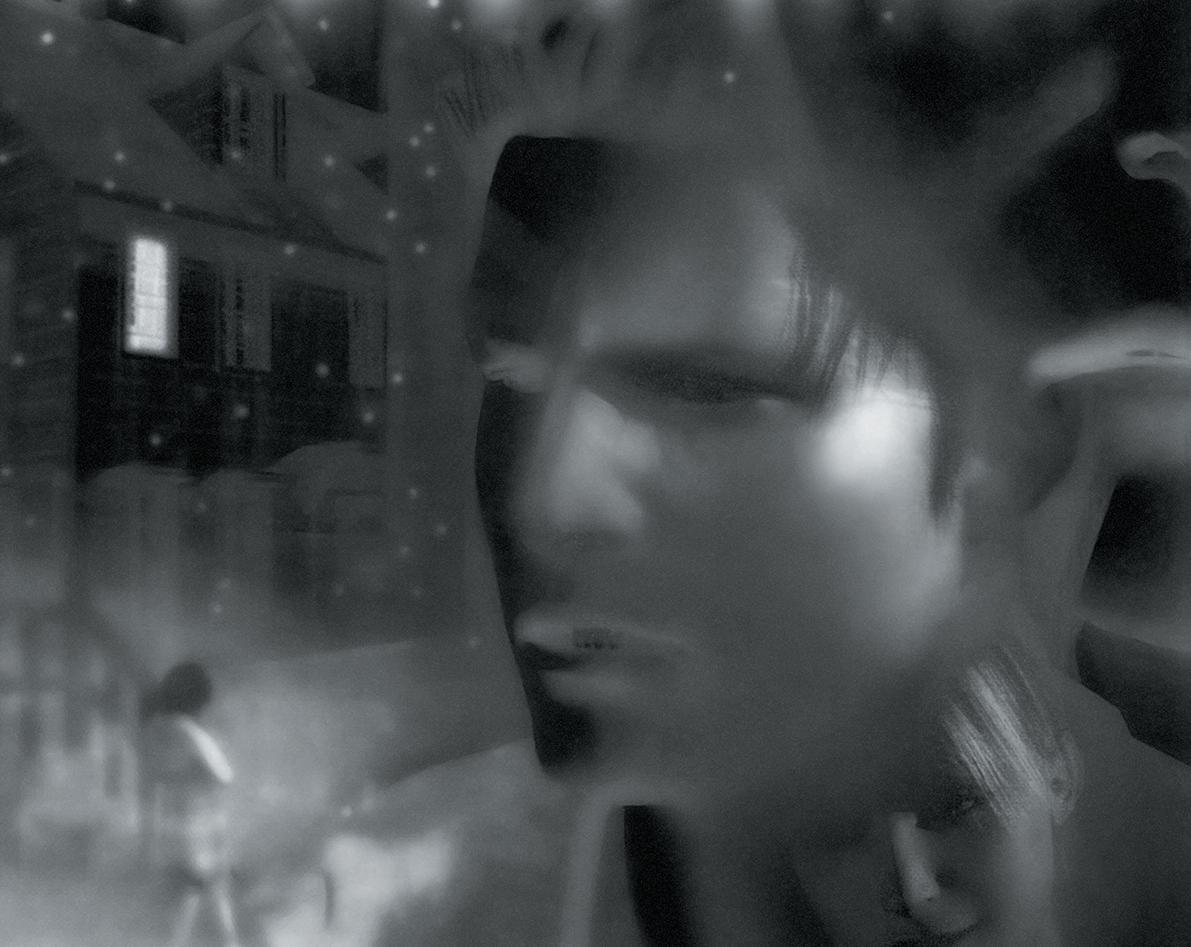Silent Hill f: Deconstructing the Essence of Psychological Horror in Modern Gaming

The eagerly anticipated release of Silent Hill f from Konami and developer NeoBards Entertainment reignites a perennial debate among horror aficionados: what truly defines a Silent Hill game? The initial assessments suggest a bold departure from conventional expectations, positing that the specific narrative and environmental trappings, while iconic, are secondary to a more fundamental core. This new iteration appears to distill the franchise's terrifying essence down to its most potent ingredients: an omnipresent, oppressive fog and an unyielding commitment to acute psychological suffering. By focusing on these foundational pillars, Silent Hill f endeavors to prove that true horror transcends superficial aesthetics, residing instead in the depths of the player's mind and the suffocating atmosphere that permeates every moment.
The Silent Hill franchise has long stood as a titan within the survival horror genre, distinguished not merely by its grotesque creature design or jump scares, but by its profound exploration of psychological trauma and dread. Where its contemporaries often leaned into visceral, action-oriented scares, Silent Hill carved its niche through a masterful blend of unsettling atmosphere, cryptic symbolism, and narratives deeply interwoven with the protagonists' inner demons. The announcement and subsequent details surrounding Silent Hill f, developed by NeoBards Entertainment under Konami's stewardship, present a fascinating re-evaluation of this legacy.
A Legacy Forged in Fog and Fear
To understand the significance of Silent Hill f's approach, one must first revisit the series' storied past. The original Silent Hill, released in 1999, immediately set itself apart. Its titular town was not just a backdrop but a character in itself, perpetually shrouded in an impenetrable fog that served multiple purposes. Mechanically, it masked the PlayStation's technical limitations, but more importantly, it became a powerful narrative and atmospheric device. The fog represented the unknown, the blurring of reality, and the suffocating dread that permeated the town. It was a physical manifestation of the characters' psychological states, a visual metaphor for confusion and impending doom.
Beyond the fog, the series pioneered a brand of horror deeply rooted in psychological suffering. Monsters were rarely random beasts; they were often symbolic manifestations of guilt, trauma, and repressed desires. Protagonists were not hardened heroes but flawed individuals grappling with profound personal crises, their journeys through Silent Hill becoming allegories for confronting their inner demons. This commitment to internal horror, rather than external threats alone, is what elevated Silent Hill to a revered status among critics and players alike, setting a high bar for any successor.
NeoBards Entertainment's Bold Proposition
With Silent Hill f, NeoBards Entertainment, a studio known for its work on other major franchises, takes on the monumental task of reviving this iconic series. Their proposition, as suggested by early insights, is both audacious and insightful: that the specific narrative beats, the exact layout of the town, or even the familiar cast of characters are not as crucial as the foundational elements of fog and psychological torment. This perspective suggests a deep understanding of the series' core appeal, moving beyond superficial aesthetics to grasp the underlying principles that make Silent Hill uniquely terrifying.
The emphasis on endless waves of fog implies a return to its original function as a primary atmospheric and psychological tool. It's not just a visual filter but an active participant in the horror, obscuring vision, disorienting the player, and creating a constant sense of vulnerability. This deliberate design choice speaks to a desire to rekindle the primal fear of the unknown, where what isn't seen is often more terrifying than what is. The fog becomes a metaphor for the mental haze of trauma, blurring the lines between reality and nightmare, a signature characteristic of the franchise.
Equally critical is the focus on acute psychological suffering. This indicates that Silent Hill f aims to delve deep into the human psyche, exploring themes of guilt, regret, and the corrosive effects of trauma. The game's narrative will likely weave intricate psychological profiles for its characters, ensuring that their internal struggles are as central to the horror as any external monster. This approach aligns perfectly with the series' historical strength, where the most terrifying revelations often came from within the characters themselves, reflected through the distorted lens of Silent Hill's reality.
Broader Implications and Market Trends
The development of Silent Hill f also reflects broader trends within the gaming industry, particularly the revival of classic franchises and the evolving landscape of horror gaming. In an era where many horror games lean into action-heavy sequences or jump-scare reliance, Silent Hill f's stated focus on atmospheric dread and psychological depth could represent a significant counter-narrative. It suggests a confidence in the power of slow-burn, cerebral horror to captivate modern audiences, moving beyond mere shock value to deliver a more enduring and impactful experience.
Konami's decision to entrust a new developer with this esteemed IP, while a risk, also signifies a strategic pivot. It allows for fresh perspectives to interpret the series' essence, potentially invigorating it with contemporary design sensibilities while remaining true to its roots. The success of Silent Hill f could set a precedent for future revivals, demonstrating that faithful adaptations are not necessarily about replicating every detail, but about understanding and reinterpreting the fundamental principles that made the originals iconic.
Furthermore, the game's emphasis on distilling the Silent Hill experience to its core components speaks to a maturation of game design. It acknowledges that the true power of a franchise lies not in its superficial trappings but in its ability to evoke specific emotions and challenge players on a deeper level. By focusing on the oppressive fog and the profound psychological suffering that characterized the series' golden age, Silent Hill f positions itself not just as another entry, but as a potential benchmark for how classic horror can be reimagined for a new generation, proving that sometimes, the simplest, most potent ingredients are indeed all you need to craft a truly terrifying and memorable experience.
